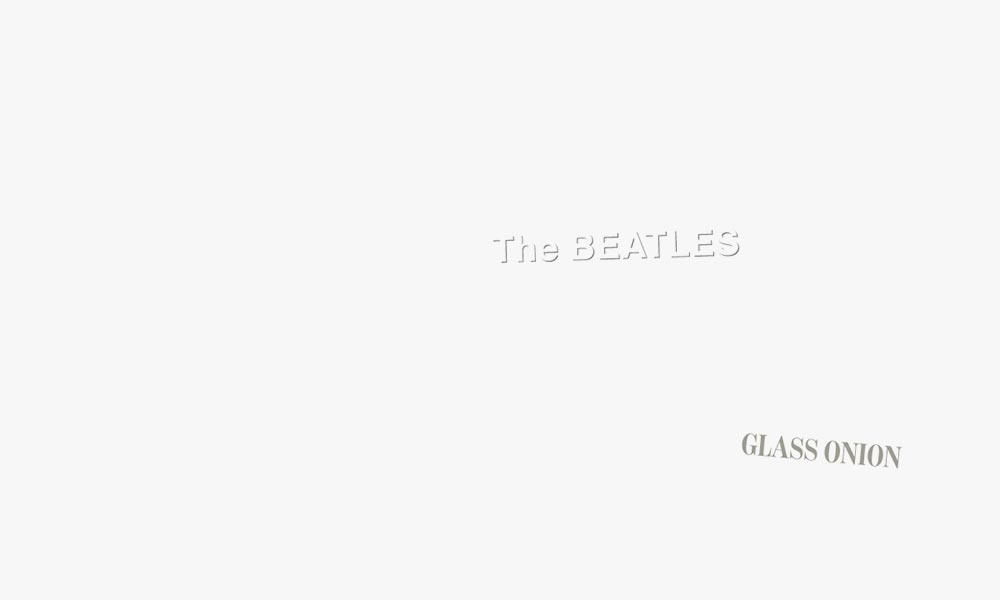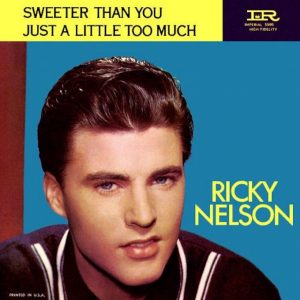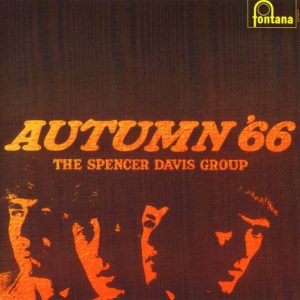As the 60s progressed, pop music became more sophisticated. One result of this was that song lyrics began to be viewed by some fans as secret messages, clues to some deeper meaning for them to decipher and uncover the hidden truth their idols were imparting exclusively to those clued-up enough to get the message. On “Glass Onion,” The Beatles decided to have some fun with lyrical references to their earlier songs.
In 1967, Stephen Bayley, who at that time was a student at John Lennon’s old Quarry Bank School, in Liverpool, wrote to Lennon to tell him that a teacher was getting the class to analyze Beatles songs. He asked John to explain his songwriting, to which Lennon wrote back: “All my writing… has always been for laughs or fun or whatever you call it – I do it for me first – whatever people make of it afterwards is valid, but it doesn’t necessarily have to correspond to my thoughts about it, OK? This goes for anyone’s ‘creations’, art, poetry, song, etc. – the mystery and s__t that is built around all forms of art needs smashing anyway.”
‘Play it backwards and you stand on your head’
Talking specifically about “Glass Onion” in 1970, John explained: “I was having a laugh because there’d been so much gobbledegook about Pepper – play it backwards and you stand on your head and all that.”
“Glass Onion” makes reference to a number of other Beatles songs in its lyrics. As well as the walrus line, the song opens with a reference to “Strawberry Fields Forever,” before mentioning “Fixing A Hole” and “The Fool On The Hill,” for the last of which Paul McCartney and producer Chris Thomas added recorders to add to the allusion. There’s also a reference to “Lady Madonna,” which had itself included a reference to “I Am The Walrus” (“see how they run”), which in turn included a reference to “Lucy In the Sky With Diamonds” (“see how they fly like Lucy in the sky”). The original handwritten lyrics to “Glass Onion” also include a crossed-out reference to another Beatles number in the last verse: “Looking through a hole in the ocean for a yellow submarine.”
At the time they recorded the Esher demos for “The White Album”, in late May 1968, “Glass Onion” consisted of just one verse, which was repeated. Recording of the song didn’t begin until September 11, while George Martin was on holiday. Chris Thomas took the helm for the “Glass Onion” sessions, which began with John on acoustic guitar, George on electric guitar, Paul playing bass, and Ringo on a new, experimental drum set-up. He had acquired a new Ludwig Hollywood kit, and photos taken by Linda Eastman at the sessions show him with, as Mal Evans described it in his Beatles Book Monthly column, “two drum kits instead of one”. His traditional oyster black pearl kit and his new Hollywood one were set up in a combined kit: “I thought I’d try a double bass-drum in the studio, like Ginger [Baker] and Moony [Keith Moon], so we set them all up. When I was to play the fill, the break came, and I just froze, looking at all these drums!”
A number of overdubs were then added, among them John’s double-tracked vocal, tambourine, piano, Mellotron, snare, and the two recorders; during the song’s mix, an ending was created – and spliced throughout the song – using tape loops of a phone ringing, a glass breaking and BBC TV’s Kenneth Wolstenholme’s commentary of England’s controversial third goal from the 1966 World Cup Final: “It’s a goal!”
But when George Martin returned from his holidays, he had a suggestion: why not add a string section instead? Martin scored for a string octet (basically a string quartet doubled up), taking the song’s sudden ending and winding it down to an eerie conclusion.
‘It’s just a bit of poetry’
Recalling the song in his 1994 memoir, Many Years From Now, Paul McCartney said: “It was a nice song of John’s. We had a fun moment when we were working on the bit, ‘Here’s another clue for you all, the walrus was Paul.’ Because, although we’d never planned it, people read into our songs and little legends grew up about every item of so-called significance, so on this occasion, we decided to plant one. What John meant was that in Magical Mystery Tour, when we came to do the costumes on ‘I Am The Walrus’ it happened to be me in the walrus costume.”
This particular pointer was clearly signposted and would come back to bite them. This line would be seen as a significant clue in the “Paul is dead” conspiracy that emerged in 1969, where fans scoured the band’s songs and artwork to find clues as to how and when Paul had supposedly died and been replaced by a “fake Paul.”
Of course, as Paul himself confirmed, he was very much alive. And besides, the walrus wasn’t actually Paul anyway, as John clarified in a 1980 interview: “It was actually me in the walrus suit. I thought I’d confuse people who read great depths into lyrics. It could have been ‘The fox terrier was Paul’, you know. It’s just a bit of poetry. It was just thrown in like that. The line was put in partly because I was feeling guilty because I was with Yoko, and I was leaving Paul.”
The super deluxe edition of The Beatles’ “White Album” can be bought here.




